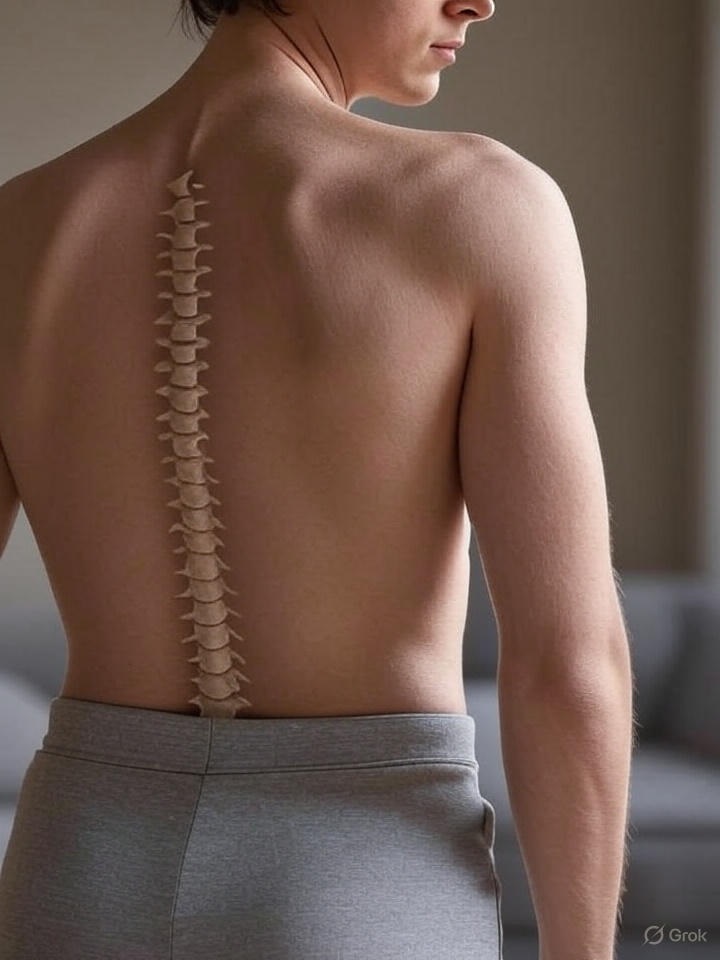Low back pain is the top cause of disability worldwide, reports a study published in The Lancet Rheumatology. Learn about its causes, symptoms, and treatment.
A Quick Overview of Low Back Pain
The low back is the region of the back extending from below the ribcage to the buttocks. Pain in this area is common, affecting over 600 million people globally in 2020. The number is expected to cross 800 million by 2050. (1)
Low Back Pain Causes
The cause is unknown in about 90% of all cases. In others, the most common causes include the following.
Muscle sprains or strains
Strenuous activity or overuse can cause the back muscles and ligaments to stretch or tear. Sudden movements may also result in sprains or strains.
Herniated discs
Also called a ruptured disc, it occurs when the cushion between the bones in your spine extends beyond its usual position. Possible causes of a ruptured disc include injury and age-related degenerative changes.
Spinal stenosis
Spinal stenosis is the narrowing of the spaces in the spine. It leads to increased pressure on the spinal cord and nerves.
Osteoarthritis (OA)
Osteoarthritis of the spine—spondylosis—is caused by gradual degeneration of the soft cushion between the bones in the spine.
Some people may get low back pain due to:
- Conditions affecting the kidneys and bladder
- Pregnancy
- Spinal infection
- Cancer of the spinal cord
Risk factors include:
- Obesity
- Female sex
- Smoking
- Work-related ergonomic factors, such as repetitive movements or heavy lifting
Low Back Pain Symptoms
Common symptoms
Talk to your healthcare provider if the symptoms worsen or don’t go away.
- pain when sitting for prolonged periods
- pain when lifting heavy or bending
- pain that spreads from the glutes or hips
- Stiffness after you remain inactive for a period, such as when waking up in the morning
- numbness or weakness
Less common symptoms
Talk to your healthcare provider right away if any of the following symptoms occur:
- Pain in your legs/feet along with back pain
- Unintended weight loss
- Fever
- Inability to control bowel movements
Low Back Pain Diagnosis
Diagnosis involves:
- Symptom assessment (it can include questions about the type, intensity, and location of pain)
- Medical history (to check if you have risk factors for low back pain, such age, body weight, and occupation)
- Physical exam (to check your overall health status)
Besides, your healthcare provider may order tests, such as spine X-ray, CT scan, MRI, and blood/urine tests.
Low Back Pain Treatment
Many cases improve with rest, ice, and over-the-counter (OTC) pain medications. However, if your symptoms don’t get better or become worse, talk to your provider immediately.
Depending on the pain severity, underlying cause, and duration of pain, you may need other treatments, such as:
- Muscle relaxers
- Physical therapy
- Steroid injections
- Surgery
References:
- “The Lancet: New Study Shows Low Back Pain Is the Leading Cause of Disability Around the World.” Institute for Health Metrics and Evaluation, www.healthdata.org/news-events/newsroom/news-releases/lancet-new-study-shows-low-back-pain-leading-cause-disability.

